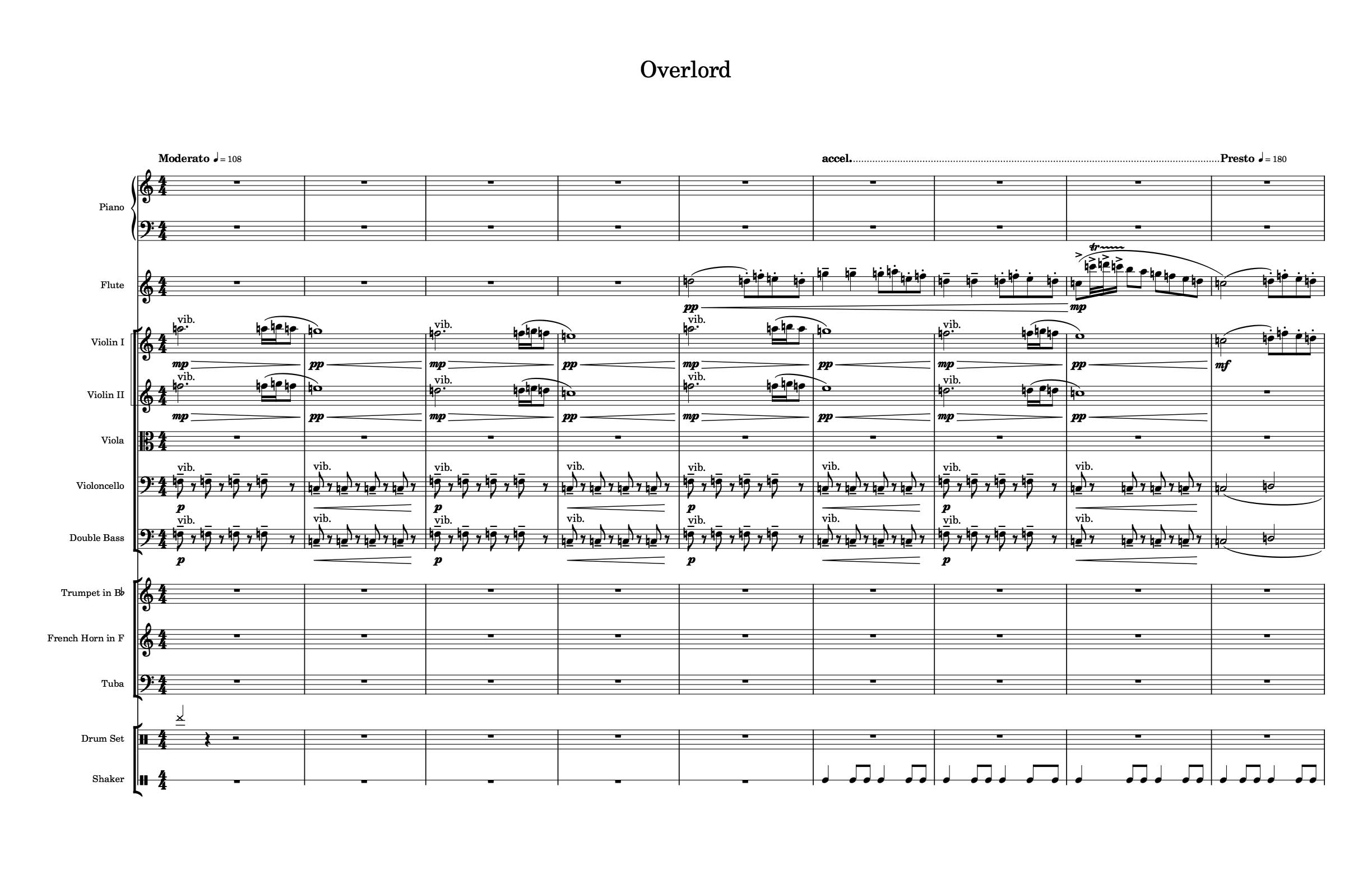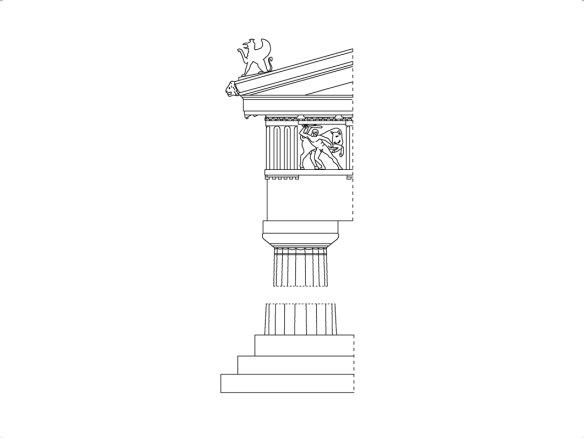

It was our ambition to ship Dorico for iPad 2.0 on the same day as Dorico 4.0 for macOS and Windows to reinforce that we consider all three operating systems our target platforms. We develop all three versions hand-in-hand, from the same code, with the same tools. All things considered, we had to make a judgement call about shipping the software, and although of course I would have preferred to have been able to take additional time to close those gaps before the initial release, when taken as a whole, I believe we've played our hand as best we can.ĭorico is available for three platforms: macOS, Windows, and iPadOS. We are in the process of doing so, and over the course of the next couple of updates (the next of which is just two or three weeks away) those gaps will be closed.Īcross Dorico's incredibly broad audience, there are other communities of users for whom those Play mode features are of less overall significance.
Dorico se limitations software#
We have been transparent and up-front about it throughout, and published information on our blog and on the documentation that ships with the software explaining the omissions and limitations, and committing to closing those gaps as quickly as possible. The issue that is causing people consternation – and rightly so – is that some of the Play mode functionality was not present in Dorico 4 at the time of its initial release, and of course in this particular community those features are among the most important in the software. Any sophisticated software has bugs – but not every application has a team willing to communicate so transparently about them, and to address them so quickly. It is curious to chastise us for fixing bugs quickly. We then reacted very quickly to reports of issues and were able to fix the vast majority of them within two weeks of release, resulting in last week's Dorico 4.0.10 release. We fixed hundreds of bugs and issues in the course of its development, and had dozens more queued up for release by the time Dorico 4.0 was available. It is our largest release to date, with new functionality and changes across the whole application.


I'm also happy to stand behind the quality of Dorico 4 when it released. The reality of any business is that there are bills to pay and targets to make, and of course Cubase is a very significant part of Steinberg's business, so we in the Dorico team were very willing to set our schedule to support the Cubase 12 release, for the greater good. It's sensible and pragmatic to use a product with a smaller userbase than Cubase to ensure that everything will go as smoothly as possible when Cubase 12 arrives.Īs a company, we agreed that we wanted to leave a certain amount of time between Dorico 4's release and Cubase 12's release, to ensure that we had sufficient time to take action on anything that required attention.
Dorico se limitations update#
It is in all of our interests if Steinberg Licensing is successful, as it will remove one of the few remaining reasons why someone might legitimately choose one of our main competitors instead of Dorico.Īnother benefit of Dorico going first is that it allows us a larger set of users than our relatively small set of beta testers (numbering in the hundreds) who were the first people outside of Steinberg to get a chance to use the new system, but smaller than the tens of thousands of people who will update to Cubase 12 within days of its release. Our product has suffered in comparison to its main competitors in terms of the flexibility of its licensing system, and we took the first opportunity we could to leave eLicenser behind and give our users the chance to use the new activation system, which we have also been deeply involved in building. We in the Dorico team actively campaigned to be the first product out of the gate to use Steinberg Licensing. This is quite a mischaracterisation of the situation, and about as conspiratorial a reading as you could muster. You've certainly hit the ground running! Makes me wonder who you might be behind your mane. It is just not quite ready yet, but soon. In any case, I am quite optimistic about my future with Dorico. It may be that it is still necessary to export to my DAW to put on the finishing touches, as some of the editors seem a bit primitive-but I won't truly know that until I see it completed. I won't know how well it all works until the updates are complete, but I am optimistic that this could replace my DAW. I have put Dorico aside for the short term until these items are functioning properly, but I did quite a lot of work building expression maps for my OT libraries. I had a nice note from Daniel stating that they were hard at work on the velocity editor and hope to set it right in the next update. The Tempo and Dynamic editors are outright missing, and the velocity editor does not work properly. There is no way around it, this release was premature so that Steinberg could test its licensing before releasing Cubase 12.


 0 kommentar(er)
0 kommentar(er)
